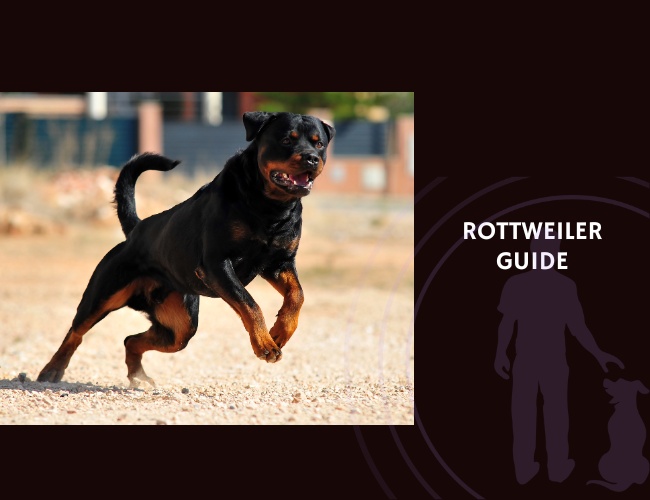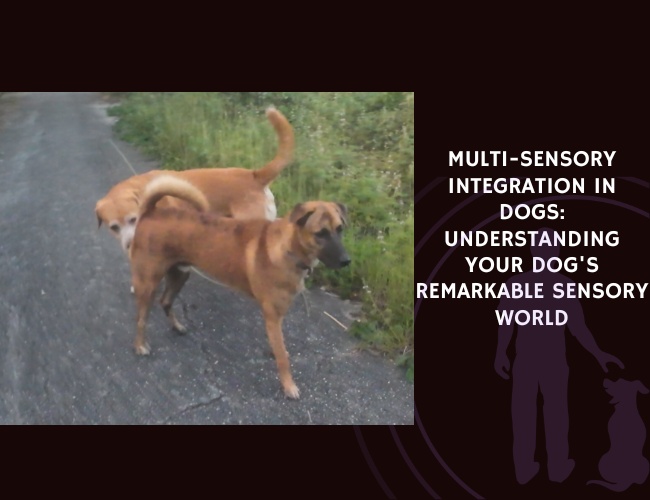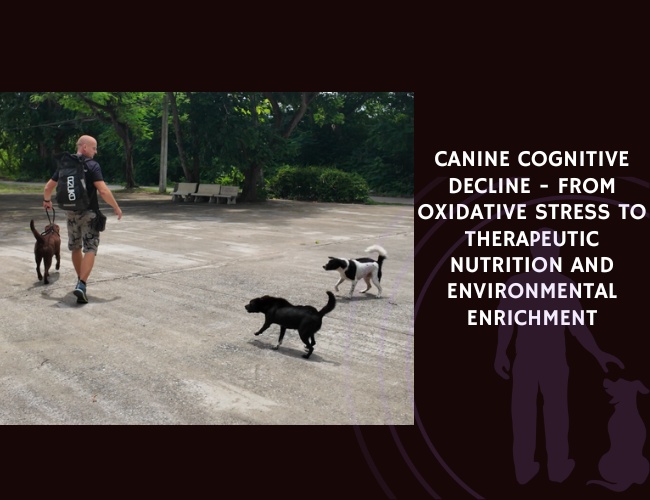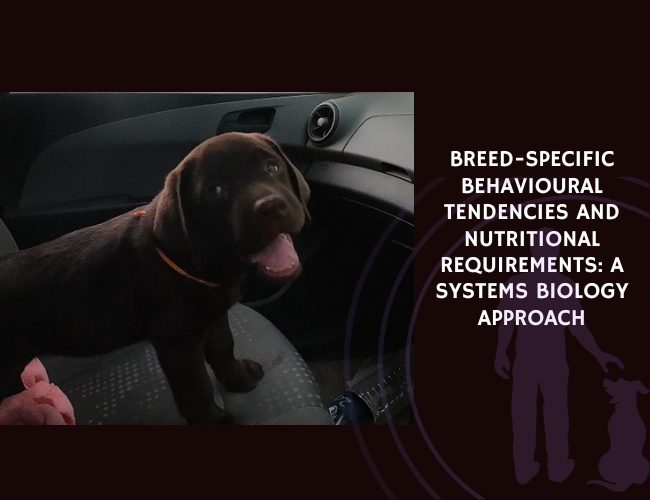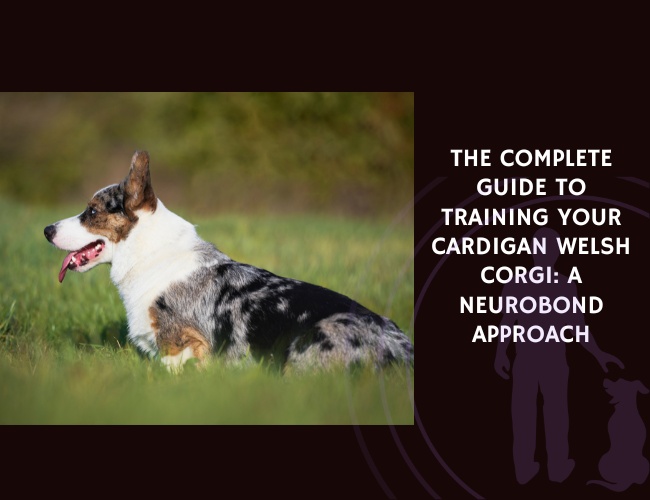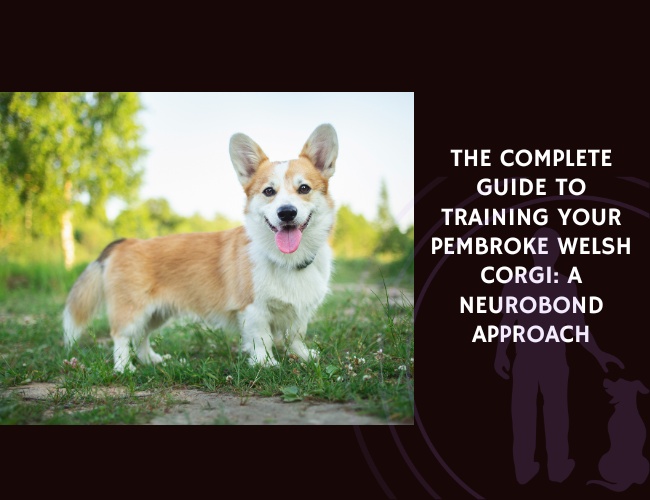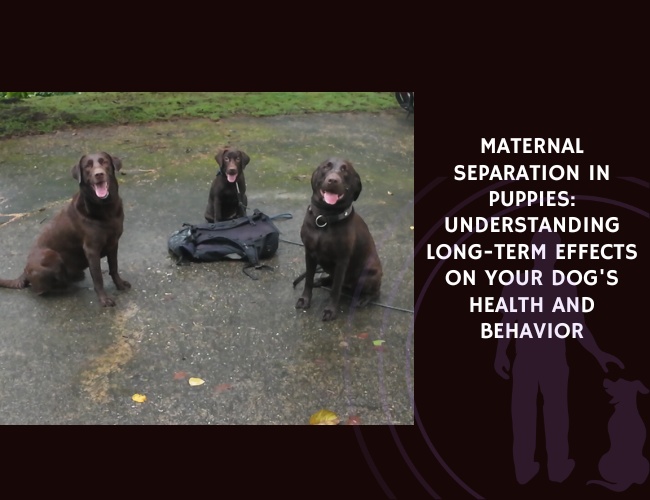Introduction to the Rottweiler Breed
Roots in German Herding and Guardianship
Did you know that the Rottweiler’s serious side comes straight from centuries of specialized work? ☝️ This breed originated in Germany, where it was bred for herding cattle and protecting both livestock and property. Rottweilers once helped drive herds to market, guided by farmers who relied on their strength and courage. Over time, their reputation as loyal guardians solidified, and they became trusted protectors of families and businesses.
Physical Distinction: Big, Bold, and Beautiful
Have you ever spotted a Rottweiler and wondered what makes them stand out from the crowd? These dogs are known for their muscular frame and confident stance. Adult males usually weigh between 50kg and 60kg, while females are a bit lighter. Their coat is short, dense, and always black with distinctive tan markings above the eyes, on the cheeks, chest, and legs. Their broad head, strong neck, and deep chest give off a sense of power—but it’s their confident walk that leaves a lasting impression.
Key physical traits:
- Well-muscled body for endurance and strength
- Blocky head and broad skull
- Medium-length muzzle and strong jaw
- Natural tail, carried with pride
- Signature black and tan coloring
Why Experience Matters for Rottweiler Owners
Are you considering a Rottweiler as your next companion? 🐶 It’s important to know these dogs are best suited for experienced owners. Rottweilers are smart, strong-willed, and sensitive to their environment. Without clear leadership, routine, and positive training, their protective instincts may become overactive—leading to issues like over-guarding or nervousness around strangers.
Novice handlers may struggle to provide the consistency and confident guidance this breed demands. An experienced owner understands the critical importance of early socialization, appropriate training, and ongoing engagement to create a well-adjusted, trustworthy companion.
Understanding where the Rottweiler comes from—both in history and in personality—is essential as you begin your journey with this remarkable breed. Their story shapes every interaction, setting the stage for deeper insights into their behavior and temperament.
Character & Behavioral Traits
Strong Territorial Instincts and Environmental Awareness
Did you know that Rottweilers have a powerful instinct to protect their space? This comes from their roots as herding and guardian dogs in Germany. They are incredibly aware of their surroundings and quick to notice anything unusual. These instincts often make them excellent watchdogs who are always alert, but it also means they may be wary of new people or animals around their home.
Loyalty, Social Selectivity, and Bond Formation
One of the most cherished traits of a Rottweiler is their loyalty. If you have ever met a Rottweiler, you’ll see how deeply they bond with their family—often becoming especially attached to one or two main people. This strong connection means your Rottweiler will likely follow you from room to room, always wanting to make sure you’re safe. They are also socially selective, choosing to spend time with those they know and trust most. Unlike some breeds that enjoy meeting everyone, Rottweilers prefer close friends and family over strangers. This kind of selectivity, when managed well, helps create a peaceful and stable home atmosphere.
Emotional Stability and Defensive Aggression
Rottweilers naturally carry themselves with a sense of calm confidence. They have a steady and even-tempered nature, which is one of the reasons why people admire them so much. However, if they feel that someone they love is in danger or if a situation seems unclear, their protective side can quickly emerge. Defensive aggression can arise if they believe there is a real threat or if they are not given enough guidance through training and socialization.
If Rottweilers do not have clear boundaries, guidance, or early socialization, some may become over-guarding or even display aggressive behaviors toward unfamiliar people or animals. That’s why understanding their natural instincts and giving them a structured environment is so important. With consistent, positive leadership, your Rottweiler will learn to trust your judgment and remain calm even when something unexpected happens.
When you support your Rottweiler’s unique character traits, you help shape a dog who is both protective and trustworthy. This lays the foundation for building healthy social habits, which are essential for a balanced and happy dog. 🐾
Socialization: The Foundation of a Balanced Rottweiler
Why Early Socialization Matters
Did you know early socialization can shape a Rottweiler’s entire personality? Rottweilers have strong protective instincts. If they don’t learn how to interact calmly with new people, animals, and places, these instincts can turn into stubbornness, fear, or even aggression. Think of socialization as the way you help your Rottweiler see the world as a friendly, safe place. This builds their confidence and emotional balance—two qualities every dog needs 🐾.
Key Socialization Opportunities
Let’s make socialization fun and consistent! It’s not just about letting your Rottweiler meet a lot of people. It’s about making sure every introduction is safe and positive. Here’s how you can help your Rottweiler explore, learn, and grow:
- Take your Rottweiler puppy to various locations (parks, markets, or pet-friendly stores)
- Invite friends and family over so your dog can meet visitors in a safe environment
- Let them see, hear, and smell new things, like bikes, umbrellas, hats, and loud noises
- Introduce your pup to friendly dogs and well-mannered adult animals
The more positive experiences your Rottweiler has, the more adaptable and calm they’ll be as they grow up.
Preventing Behavioral Issues
Are you wondering how to keep your Rottweiler from developing guarding or fear-based behaviors? It all starts with proper socialization techniques! Avoid exposing your puppy to overwhelming or scary experiences. Always offer treats, praise, or playtime during new interactions. This will help prevent resource guarding and intolerance toward strangers or new dogs, which are common risks for unsocialized Rottweilers.
If you notice your Rottweiler reacting with fear or caution, gently redirect them or take a break. Remember, building positive associations—not forcing—sets them up for lifelong stability and trust.
Your efforts in socialization will lay the foundation for all training and experiences to come, helping your Rottweiler thrive in every aspect of life.

Training Requirements & Approaches
Did you know that Rottweilers are happiest when they know exactly what’s expected of them? Creating a positive learning environment is key to a successful relationship with this intelligent and powerful breed. Let’s explore how structure, consistency, and engaging activities shape a Rottweiler’s development. 🐾
Structure and Consistency
Rottweilers thrive when there is a clear routine—think set times for meals, walks, and play. Why is this important? Regularity builds trust and helps your companion feel secure. Use the same commands and reward the behaviors you want to see, like sitting before doorways or staying calm around new people. Stick with it! Consistency lets your Rottweiler know, “I can count on my family to guide me.”
Positive Reinforcement
Ever tried asking for a “sit” and then given a treat or a cheerful “Good dog!” when successful? Rottweilers respond best to positive reinforcement. This means rewarding good choices and gentle redirection when they make mistakes. Avoid harsh punishments—they can hurt the bond you’re working to build and might even lead to fear or aggression. Stay upbeat, patient, and offer plenty of encouragement.
Developing Impulse Control and Focus
Rottweilers are smart but can get excited quickly. Teaching calm responses is vital. Start with simple cues like “stay” and “leave it.” Practice in distraction-free areas and gradually make things trickier by adding movement or new sounds. Remember to reward any small progress—over time, this helps your Rottweiler resist urges to jump or chase.
Fun with Task-Oriented Training
Did you know your Rottweiler loves a challenge? Obedience training, tracking games, and even dog sports are perfect for keeping their minds sharp. These activities also channel their natural working drives into fun, rewarding outlets and strengthen your partnership.
With the right training approach, you’ll see a confident, attentive Rottweiler who loves learning. Next up, let’s explore how nutrition supports your dog’s full potential.
Nutritional Needs & Dietary Management
Did you know your Rottweiler’s diet is just as important as their training? 🥩 A balanced approach to nutrition keeps them healthy, energetic, and ready for any adventure! Let’s break down what these wonderful dogs need to thrive.
Balancing Calories for Age and Activity
Rottweilers are strong, active dogs—and their calorie needs change throughout life.
- Puppies need more calories for rapid growth and development.
- Adult dogs require enough to maintain their muscles and energy, but not so much that they gain extra weight.
- If your Rottweiler is working, very active, or pregnant, expect those calorie requirements to change!
To find the right balance, consult your veterinarian often and adjust food based on your Rottweiler’s age, weight, and daily activity level. Remember, an overweight Rottweiler faces higher risks of joint and heart problems.
The Right Macronutrient Mix
Not all dog food is created equal! Rottweilers benefit from:
- High-quality protein for lean muscle and repair
- Moderate fat for energy and healthy skin
- Managed carbohydrates to support endurance
Be sure the food you choose supplies a balanced amount of these macronutrients, supporting strong joints, a robust immune system, and peak overall health.
Essential Additions
Certain nutrients require special attention:
- Proper calcium and phosphorus for puppies to avoid bone and joint trouble
- Omega-3 fatty acids and glucosamine for joint and heart health (but always check with your vet before supplementing!)
Weight Management Tips
Weight control in Rottweilers can be tricky since they love treats and have hearty appetites:
- Measure food portions—don’t just fill the bowl.
- Offer healthy treats, like carrots or apple slices.
- Include daily exercise.
Obesity increases chances of hip and elbow dysplasia, heart conditions, and lowers their quality of life. Staying lean = living longer and stronger! 🐕
Practical nutrition makes a world of difference in your Rottweiler’s wellbeing. With a thoughtful diet, you’ll set your companion up for a happier, healthier future.
Bold. Loyal. Unshakable.
Power shaped by purpose.
Rottweilers weren’t just bred for strength—they were crafted for responsibility. Herding, guarding, guiding: it’s all written into their bones.
Guardians, not aggressors.
When raised with structure, they don’t just protect—they read the room. Calm, balanced, and aware of your every move.

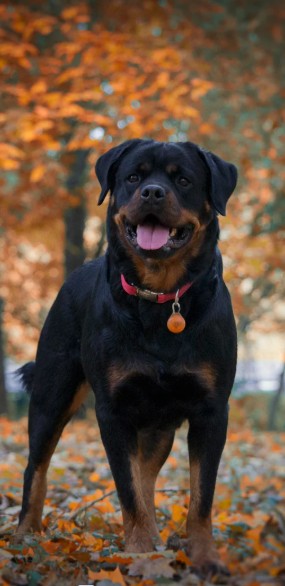
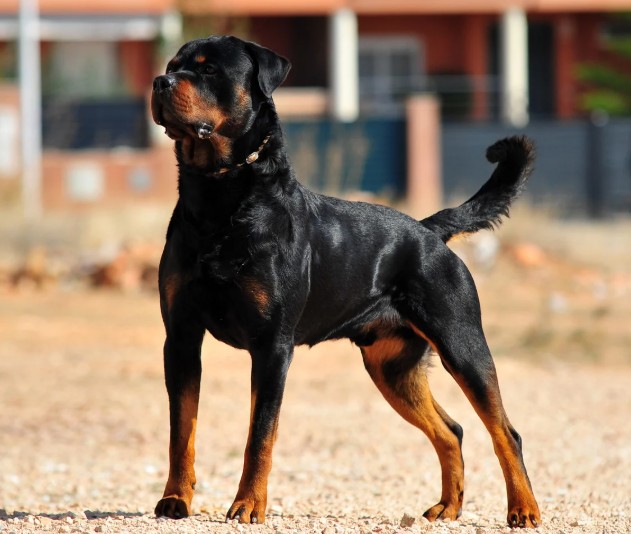
Lead with presence.
These dogs follow calm, consistent leadership. Without it, their instincts fill the gap. With it, they thrive—devoted, gentle, and fiercely true.
Common Health Concerns & Preventive Care
Did you know that understanding your Rottweiler’s health risks can help you give them a longer, happier life? 🐾 Taking proactive steps is essential for this strong, loyal breed.
Hip and Elbow Dysplasia
Rottweilers are prone to hip and elbow dysplasia. This condition makes moving painful and can reduce your dog’s ability to play and exercise. Screening parent dogs and puppies for these issues helps lower the risk. Maintaining the right calcium and phosphorus levels in your Rottweiler’s diet—especially when they are young—protects their developing joints.
Managing your dog’s weight is also very important. Extra pounds mean extra stress on hips and elbows. Keeping your Rottweiler fit with regular activity and portion control can prevent or delay the onset of these problems. Some owners also ask their vets about adding omega-3 fatty acids or glucosamine to help support joint health, but this should always be done under veterinary supervision.
Heart Conditions: DCM and SAS
Rottweilers have a higher risk of two serious heart conditions: dilated cardiomyopathy (DCM) and subaortic stenosis (SAS). Both can shorten a dog’s life if left undetected. Regular checkups with your veterinarian are important. Your vet might recommend heart screenings, especially as your Rottweiler gets older. Early detection and lifelong monitoring make a big difference for heart health.
Osteosarcoma & Other Health Risks
Osteosarcoma is a fast-growing bone cancer that affects many large breeds, including Rottweilers. This disease mainly appears in older and bigger dogs. While it cannot always be prevented, being aware means you can act quickly if you notice swelling, lameness, or pain. Other potential health issues include skin allergies, thyroid problems, and ligament injuries. Lifespan for Rottweilers is about 8–11 years, but care, diet, and early intervention can help them live life to the fullest.
Being informed about these concerns, plus practicing daily care, sets your Rottweiler up for wellness and joy every day.
Creating the Ideal Lifestyle Environment
Did you know that shaping your Rottweiler’s environment can set them up for a lifetime of happiness and stability? Providing the right mix of activity and home structure is at the heart of helping this loyal breed thrive. Let’s explore how you can create a setting that matches their unique needs.
Structured Daily Activities
Rottweilers love routines that blend both physical exercise and mental challenges. Daily walks, strength-based games, and safe running time will help your dog burn energy, keep muscles strong, and stay fit. But that’s not all! These intelligent dogs need to flex their mental muscles, too.
Try activities like:
- Obedience training sessions
- Puzzle toys
- Fun, supervised problem-solving games
Regular experiences like these can stop boredom—and the unwanted behaviors boredom brings—from developing. Remember, a bored Rottweiler can quickly find their own “fun,” which isn’t always welcome!
Calm, Predictable Home Environment
Have you ever noticed how confident dogs seem relaxed? Creating a calm atmosphere with set routines helps your Rottweiler relax and know what to expect.
Establish:
- Clear rules about allowed spaces
- Consistent mealtimes
- Quiet, predictable areas for rest
Calm energy starts with you. When the household follows simple routines, your Rottweiler feels safe and less likely to become anxious or overly protective.
Meeting Companionship Needs
Rottweilers don’t just crave activity—they also need meaningful social time! This can be as simple as hanging out with the family, or working on new tricks together.
Show love and guidance by:
- Spending quality time daily
- Encouraging good behavior through positive reinforcement
- Being present during transitions and changes
Consistent companionship and involvement reduce the risk of anxiety and behavioral issues. If you notice any early signs of stress, address them right away to keep your dog feeling secure 😊.
By blending physical activity, mental stimulation, and a gentle, predictable home life, you’ll help your Rottweiler reach their full potential as a loyal friend and valued family member.

Special Considerations for Rottweiler Puppies
Understanding Developmental Milestones
Did you know that a Rottweiler puppy’s first year sets the stage for its whole life? 🐾 These pups grow quickly, both physically and mentally. At first, you’ll notice their playful curiosity and need for security. Around 8–12 weeks, they’re most open to new experiences—this is the perfect time to gently introduce them to different people, safe environments, and mild sounds. By 16 weeks, many puppies start to test boundaries, so calm but consistent rules help them feel safe and confident. As they head into adolescence (around 6–12 months), expect some testing of limits as they try to figure out their place in the home.
Rottweiler puppies are naturally bold, but guidance is key. Provide support as they encounter new sights, smells, and faces, and praise calm investigation. This way, you’re building a confident, stable companion.
Nutritional Requirements for Healthy Growth
One of the biggest responsibilities is making sure your Rottweiler puppy grows at a healthy rate. Large breed pups like these need a diet carefully balanced in calories, protein, fat, and especially minerals. Calcium and phosphorus must be given in the correct ratio to help joints and bones develop strong—without causing issues like hip dysplasia. Overfeeding can lead to rapid growth and higher risks of bone or joint problems, so stick to your vet’s feeding plan and adjust portions as your puppy grows.
Ask your vet about foods with joint-supporting supplements like omega-3 fatty acids and glucosamine, but only add these with guidance to avoid over-supplementation.
Foundational Training Approaches
Early training for Rottweiler puppies is all about patience, routine, and positive experiences. Keep sessions short and fun, using gentle rewards and praise. Focus on basic cues like “sit,” “stay,” and polite leash walking. Use toys, treats, and lots of encouragement instead of stern corrections. Puppies learn best when they feel safe and celebrated for trying new things.
Remember, young Rottweilers look to you for leadership and reassurance. As you guide them patiently, you help build the reliable, confident adult dog that is the heart of this loyal breed.
The daily care and attention you invest now will help your puppy thrive as they grow stronger and more curious with each new day.
Living with a Rottweiler: Practical Aspects
Housing and Space Needs
Are you wondering if your home is ready for a Rottweiler? 🏡 These dogs are big, powerful, and full of energy! They thrive in homes where there is plenty of space to move around. A fenced yard lets them play safely, but remember, supervision is always required. Apartment living is possible, but only if you are committed to giving them multiple walks and mental challenges every day. Make sure your living space is secure—Rottweilers are smart and can become bored if left alone in small or unstimulating environments. Boredom can lead to unwanted behaviors like chewing or digging!
Family Dynamics and Social Interactions
Have you ever seen how loyal a Rottweiler can be? Their bond with family is strong, and they’re happiest when part of daily life. But what about kids and other pets? Socialization plays a key role. Early, positive experiences with children and friendly pets help create harmony at home. Supervise playtime with small kids to prevent accidents—a Rottweiler may accidentally knock over a child in excitement. Not all Rottweilers tolerate unfamiliar animals, so careful introductions, patience, and leadership make transitions smoother.
When visitors arrive, your Rottweiler’s guard instincts may kick in. Creating a routine helps everyone feel safe—a calm greeting, asking guests to ignore your dog until settled, and rewarding calm behavior makes a big difference.
Managing Protective Instincts
Do you sometimes worry about your dog’s protective streak? Protectiveness is natural for Rottweilers—it’s part of their heritage. Set clear boundaries so your dog knows what is expected. Train them to follow commands like “place” or “leave it,” which helps prevent over-guarding. Consistently rewarding friendly, relaxed behavior around new people shows your Rottweiler that not every stranger is a threat. Stay calm and confident—your dog will look to you for cues on how to behave.
Providing the right space, guidance, and positive experiences helps your Rottweiler become a beloved family member and a gentle protector.
Conclusion: Is a Rottweiler Right for You?
Making an Informed Commitment
Are you considering sharing your life with a Rottweiler? Let’s talk honestly about what this decision means for you and your future companion. These strong, loyal dogs give their all to their families, but they also come with unique needs that require your steady commitment. Rottweilers thrive in homes that offer structure, daily activity, and emotional support. Your time, patience, and leadership are vital—this is not a “set it and forget it” breed!
- Time investment: Rottweilers need structured daily routines with exercise, training, and social interaction. Skipping these means risking behavioral problems like boredom or anxiety.
- Experience required: This breed is best suited for owners who have previous dog experience and understand how to provide calm, confident leadership. Consistency in expectations and boundaries is important to keep them balanced.
- Financial resources: Veterinary care, high-quality food, professional training, and enrichment tools do add up. Responsible ownership includes being prepared for medical emergencies and regular preventive care.
The Joys and Rewards
Still reading? That’s a sign you might be ready! Owning a Rottweiler brings big rewards. You can expect:
- Deep loyalty—they truly become part of your family.
- Strong bonds—many Rottweilers choose a favorite family member to shadow.
- A natural protector—when socialized and guided, Rottweilers use their instincts to keep their loved ones safe.
Their intelligence and enthusiasm for work can turn everyday activities into rewarding training opportunities and special memories. Their sense of humor and affection are simply unmatched.
Responsible Beginnings Matter
Are you ready to take the first step? Make sure your journey starts with a responsible breeder who health-tests their breeding dogs for common issues such as hip and elbow dysplasia, heart conditions, and bone cancer. This not only supports the overall health of the breed but gives your puppy the best chance for a long, happy life. Never shortcut this step—a reputable breeder is as vital as your own readiness to care for this special dog.
Choosing a Rottweiler is a life-changing decision—a partnership built on trust, respect, and daily dedication. With thoughtful preparation, you unlock the full potential of a true canine companion. 🐾

